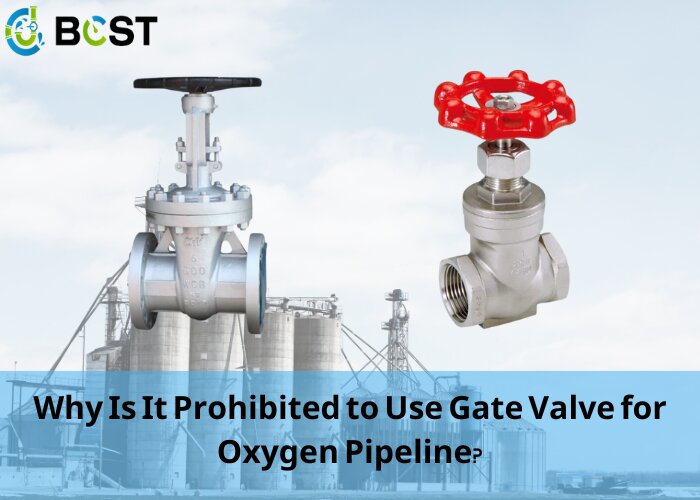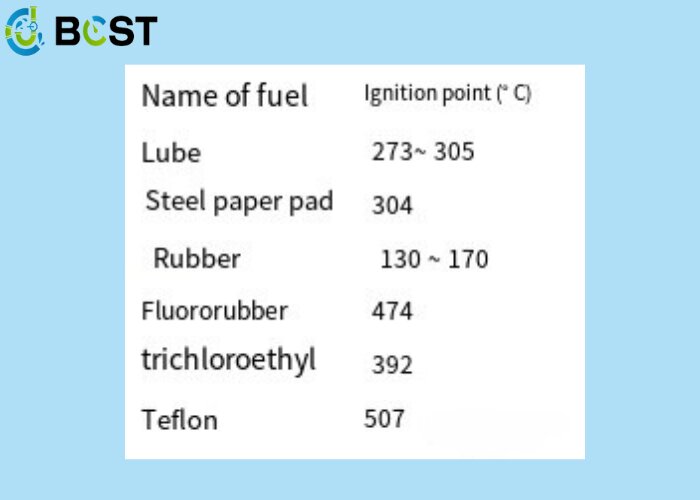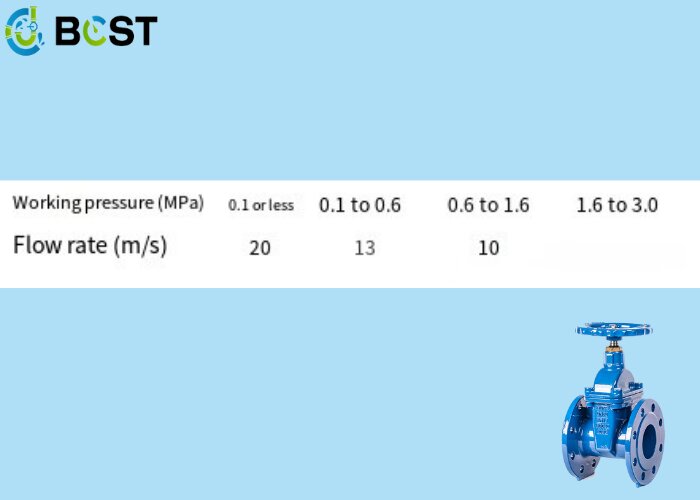
In recent years, with the increase in oxygen consumption, large oxygen users have been using oxygen pipeline transportation. Due to the long pipeline, and wide distribution, coupled with the rapid opening or quick closing of the valve, resulting in oxygen pipeline and valve combustion and explosion accidents occurring from time to time, a comprehensive analysis of the oxygen pipeline and the existence of the hidden dangers of the cold door, the danger, and to take appropriate measures is essential.
1. Rust, dust, welding slag in the pipeline, and the pipeline wall or valve mouth friction produce high-temperature combustion.
This situation is related to the type of impurities, particle size, and air velocity, iron powder is easy to burn with oxygen, and the finer the particle size, the lower the ignition point; the faster the gas speed, the more likely to burn.
2. The existence of grease, rubber, and other low-flammability substances in the pipeline or valve, ignited at high local temperatures.
The ignition point of several kinds of combustible materials in oxygen (at atmospheric pressure):

3. Adiabatic compression generated by the high temperature of combustible materials burning
For example, before the valve for 15MPa, the temperature of 20 ℃, after the valve for the atmospheric pressure of 0.1MPa, if the valve is opened quickly, the valve oxygen temperature according to the adiabatic compression formula up to 553 ℃, which has reached or exceeded the ignition point of some substances.
4. The ignition point of combustible material in high-pressure pure oxygen is the cause of oxygen pipeline valve combustion
In oxygen pipes and valves in high-pressure oxygen, the danger is very big, test proved that the detonation of fire can be inversely proportional to the square of pressure, these oxygen pipes and valves constitute a great threat.
Ⅱ. Preventive measures
1. Design should be in line with relevant regulations and standards
Design should be consistent with the Ministry of Metallurgy issued in 1981, “several provisions of the iron and steel enterprises of the oxygen network,” as well as “Oxygen and related gases safety technical regulations” (GB16912-1997), “Oxygen Station Design Specification” (GB50030-91) and other regulations and standards.
(1) The maximum flow rate of oxygen in carbon steel pipe shall comply with the following table.
Maximum flow rate of oxygen in carbon steel pipe:

(2) To prevent fire, after the oxygen valve, all should be connected to a section of its length of not less than 5 times the diameter of the pipe, and not less than 1.5m of copper-based alloy or stainless steel piping.
(3) Oxygen pipeline should be as little as possible to set up elbows and bifurcation head, working pressure higher than 0.1MPa oxygen pipeline elbow, should be taken to stamping into the valve type flange production. The airflow direction of the bifurcation head should be at an angle of 45° to 60° to the airflow direction of the main pipe.
(4) In butt-welding concave-convex flanges, the use of purple copper wire for O-ring sealing is a reliable sealing form of flanges for oxygen with flame resistance.
(5) The oxygen pipeline should have a good device for conducting electricity, grounding resistance should be less than 10Ω, and the resistance between flanges should be less than 0.03Ω.
(6) The end of the main oxygen pipeline in the workshop should be added with a discharge pipe, to facilitate the oxygen pipeline blowing and replacement, in the longer oxygen pipeline into the workshop before the regulating valve, there should be a filter.
2. Installation precautions
(1) All parts in contact with oxygen should be strictly degreased and blown clean with oil-free dry air or nitrogen after degreasing.
(2) Welding should be argon arc welding or arc welding
3. Operating Precautions
(1) Switching the oxygen valve should be carried out slowly, the operator should stand on the side of the valve, and open it once in place.
(2) It is strictly prohibited to use oxygen to blow the pipeline or use oxygen to test leakage and pressure.
(3) The operation ticket system is implemented, and the purpose, method, and conditions of operation are explained and stipulated in detail in advance.
(4) Manual oxygen valves with a diameter of more than 70mm are allowed to be operated only when the pressure difference between the front and rear of the valve is reduced to less than 0.3MPa.
4. Maintenance precautions
(1) Oxygen pipeline should be frequently checked and maintained, rust removal and painting, every 3 to 5 years.
(2) The safety valve and pressure gauge on the pipeline should be calibrated regularly, once every 1 year.
(3) Improve the grounding device.
(4) before the fire operation, should be replaced, blowing, blowing out the oxygen content of the gas in 18% to 23% is qualified.
(5) Valves, flanges, gaskets and pipes, and fittings selection should be in line with the “oxygen and related gases safety technical regulations” (GB16912-1997) of the relevant provisions.
(6)Establish technical files, training operation, overhaul, and maintenance personnel.
5. Other safety measures
1)Improve the construction, overhaul, and operation personnel’s attention to safety.
2)Improve the vigilance of management personnel.
3)Improve the level of science and technology.
4) Continuously improve the oxygen delivery program
*Summary
The real reason for banning the gate valve is actually because the sealing surface of the gate valve in the relative movement (i.e., the valve switch) will cause abrasion damage due to friction, once damaged, there is “iron powder” from the sealing surface at the fall, so that small particles of iron powder can easily catch on fire and burn, which is where the real danger lies.
The oxygen pipeline prohibited the gate valve, another stop valve much as the accident, the sealing surface of the stop valve will be damaged, as dangerous as possible, the experience of many companies is that the oxygen pipelines all use copper-based alloy valves, do not use carbon steel, stainless steel valves.
Copper-based alloy valves have high mechanical strength, abrasion resistance, good security (do not produce static electricity), and other advantages, so the real reason is that the sealing surface of the gate valve is very easy to wear and produce iron filings is the culprit, as for the decline in sealing or not is the key.
Many oxygen pipelines do not use the gate valve as well and the explosion, generally appears in the valve on both sides of the pressure difference is greater, the valve opens faster at the moment, many accidents have also shown that the source of ignition and combustibles is the ultimate cause, disable the gate valve is only a means of controlling combustibles only, and the regular removal of rust, degreasing, oil and other means of banning the purpose is the same as far as the control of the flow rate, and to do a good job of static electricity grounding and so on. Is to eliminate the source of ignition. Personally believe that the valve material is the first factor in the hydrogen pipeline also appears to be a similar problem, the new specification has removed the “prohibited gate valve” words removed, is clear evidence, the key to finding the reason, is many companies do not care about the operating pressure, all forced to use a copper-based alloy valve, but the same as the explosion of the accident, so the control of the Ignition sources and combustibles, careful maintenance, tighten the string of safety is the most critical.






